Youth Sport. What are the key principles of program design for young athletes?
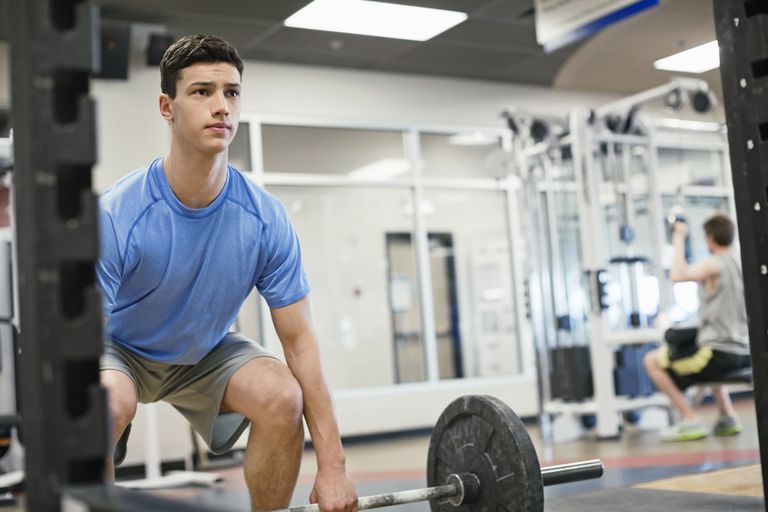
The key principles
The key principles do not really vary for age, but the actual practices do. The principles of training (I work on 20 of them), are listed below. These apply to any age program design and should be like the Ten Commandments in the Bible. They should be there in the background when any youth sport program is designed, and all should be adhered to.
- Specificity,
- Individuality,
- Variety,
- F.I.T.T,
- Peaking,
- Tapering,
- Detraining,
- Periodisation,
- Super compensation,
- Recovery,
- Reversibility,
- Homeostasis,
- Progressive overload,
- Over Reaching,
- Diminishing returns,
- Floor to ceiling,
- Adaptations,
- Hard Day/ Easy Day.
- Initial Values.
- Over Training/ Underperformance.
I believe a couple of these principle should be highlighted for young people. They are:
- Variety – Youth sport athletes should be given variety in the training modality in their sport and be encouraged to get involved in a wide variety of non-related physical activities. I believe, where possible, they should be encouraged to have involvement in a team environment.
- F.I.T.T – critical for young athletes. Often when identified as having potential, young athletes train too often (get involved in too many activities or get involved in one activity too much); they train too hard with not enough recovery time; and they often do the wrong type of training. Keep this up and they will burn out or possibly break down.
- Over Reaching – meaningful goals should be set that are attainable. Don’t get me wrong, young people must be challenged and tested, but these must be attainable.
- Homeostasis – a homeostatic approach must be adopted to all youth programs. Imbalances in muscular-skeletal structures are common in young people (especially those in the formative years) and should, and can be avoided be applying a homeostatic (well balanced) approach to training.
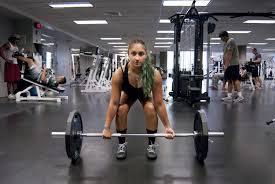
If an athlete doesn’t have access to a gym
If a youth sport athlete doesn’t have access to a gym, what cost effective functional training tools or apparatus could they use at home to build strength?
I have written plenty of programs for elite sportsman and women where no actual gym is available. These usually represented ‘fill in’ weeks or weeks were travel or work etc precluded access to a gym.
In 1999, the last time we won The RWC, Tom Boman was an outstanding member of the squad domicile on the family sheep/cattle farm Barraba in the north-west region of N.S.W. Tommy, like all of our players was given 3 weeks of to leave camp and return home before we prepared for the build up and tour for The RWC in October/November 1999.
For Tommy (after much discussion with what was actually available (on the farm) we developed a non-gym strength/power maintenance program designed to maybe not increase his fitness levels but to certainly prevent any detraining and fitness loss. This program utilised the rafters in the hayshed for chin ups, tractor tubes for squats and neck work, hay bales for functional lifting etc as well as a monitored running program.
For young people (without gym access) who do not have the same level of adaptation as seasoned athletes, body weight exercises i.e. the use of park structures, resistance band exercises, and a wide variety of partner exercises will offer the best and most controlled gains. They can all be achieved outside the gym.
Homeostatic (whole body programs that promote and adhere to balanced muscle development) can be difficult outside the gym situation, as it is more difficult to develop exercises for certain muscles groups, especially shoulders and back. But it is not impossible. Sensible and well-planned use of a resistance band, own body weight, partners and existing structures and facilities can all assist in ‘out of gym’ style programs.
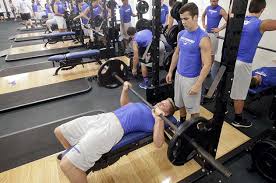
Difference between ‘chronological age vs biological vs training age’
Can you explain the difference between ‘chronological age vs biological vs training age’ in designing programs for young athletes?
Chronological age is the age from your birth certificate. In other words, it is how old you are. Biological age refers to the actual age of maturation of an individual and this is where there are vast disparities especially in the pre-pubescent and pubescent growth years. Training age (sometimes called lifting age when referring to years of weight growing experience) refers to the actual number of months and years a person has been training in that particular modality. Let’s look at each individually:
- Chronological Age (CA): This is not as important as the other two when designing programs for young athletes as it doesn’t really impact on the type and level of exercise prescribed.
- Biological Age (BA): Is the actual age your body represents physically. For example, there is increasing evidence to suggest that BA can vary as much as 20 years from their actual CA i.e a 50-year-old person who maintains good physical practices well into middle age actually presents as a 30 year old. Likewise, a person the same age who does not look after themselves could present with a BA of a 70-year-old.
- Training Age (TA): Refers to the number of months and/or years a person has been training in a particular modality. For a young person who has been lifting weights for only one year would have a lifting or TA of one year. This is exceptionally important when prescribing weights for all ages but especially adolescent athletes who have very young training ages. Care must be taken to prescribe exercises that are suitable to the TA and not the CA. For example, a mature 16 year old who has a 3 year TA should be prescribed more complex and demanding exercises than a 20 year old with a 6 month TA.
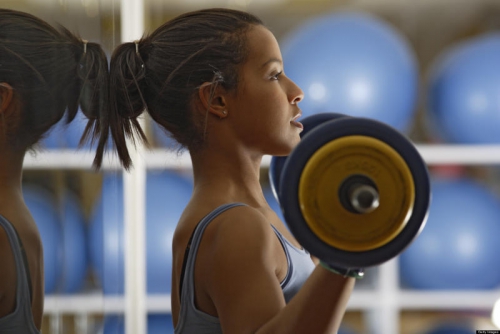
Preadolescent boys and girls
Is it possible for preadolescent boys and girls to improve their strength with resistance training?
There is an increasing evidence suggesting the positive outcomes involved in resistance training for the youth sport groups. Much of the research revolved around actual neural gains in strength although some research does suggest physiological gains as well.
Nevertheless, one of the greatest myths: that resistance training for children is dangerous has been completely disproven by continual mounting evidence of positive effects.
In several studies of the pre-pubescent girls who regularly completed gymnastic sessions it was shown that both bone density and skeletal bone thickness was enhanced far more than when compared to similar aged girls who were involved in no exercise.
The following seven factors are results of resistance training for youth:
- is relatively safe for youth
- can enhance the muscular strength and power of youth
- can enhance the cardiovascular profile of youth
- can enhance the motor skill performance and may improve athlete performance
- can reduce incidence of sporting injuries
- can help improve the psycho social well-being of youth.
- can help promote and develop exercise habits during childhood and adolescence.
To support resistance training benefits for pre-adolescent teams is same current research on bone mineral density and exercise and diet. Researchers used to believe that the years of calcium deposition began during puberty, which means between 8 and 12 (plus or minus 2 years) in girls and 10 to 14 (plus or minus 2 years) in boys. Adolescents have the ability to strengthen bone mineral density, especially calcium, and actually deposit as much calcium during these years as the other 20-25 years.
Resistance training does not have to be weights and often actually shouldn’t be. Regular vigorous play such as climbing, jumping and wrestling etc are all forms of resistance activities for the young. Unfortunately, in most Western Countries, Australia in particular, we are getting away from this as a part of the normal culture. Estimations in Australia is that up to 2/3 of children will never actually climb a tree.
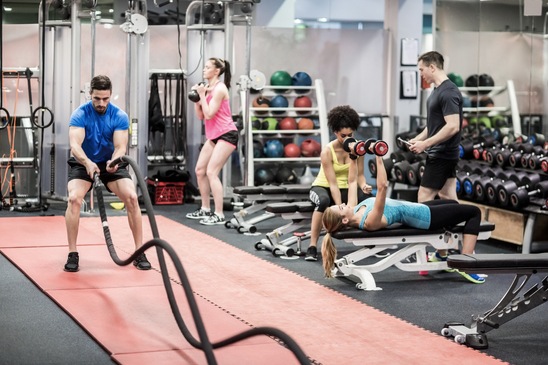
Risks and concerns
What are some of the risks and concerns when designing strength-training programs for youth sport?
Firstly, I believe these types of programs must be sensible and follow common sense. ASCA guidelines suggest strength programs for young people should observe the following:
- Provide a wide variety of exercises that are commensurate = their CA.
- High repetition ranges observed 15 – 20 to ensure you don’t lift heavy weights.
- Observe homeostasis
- Teach correct technique from day one.
- Observe correct safety and spotting techniques.
To date I have seen nothing to suggest that there should be any variations from the above. Young girls are often paranoid about getting bigger which appears to be a big myth in youth sport. We need a simple explanation of the difference between testosterone and estrogen and the role of each in anabolic development.
Education for the gym
Likewise, young male athletes, fueled with large amounts of testosterone need to learn to lift sensibly in the gym. Two problems arise from here. Firstly, they try and lift as heavy weights as possible (often and normally with poor technique) which can be dangerous especially to connective tissue, muscles and joints. Secondly, they tend to do more of the same exercises then others especially chest and arms to specialise in the so-called ‘beach weights’.
We must educate them to know that posterior chain exercises (back exercises) are just as important as anterior chain exercises (chest exercises). If they don’t follow homeostatic programs imbalances in muscle groups will occur. Also, you need to learn to reduce weight amounts, with longer time under eccentric tension will lead to greater muscle mass gains than just lifting as heavy weights as possible.
Prefer bespoke programs for the youth, well individualized and tailored to their specificity of sport, lifting age, and real needs. Avoid doing programs from magazines or someone else’s program, as they will not be suitable and designed for optimum results.
Interested in studying to work in the Fitness Industry? Schedule a phone call with our Careers Adviser, just click in the image below.

